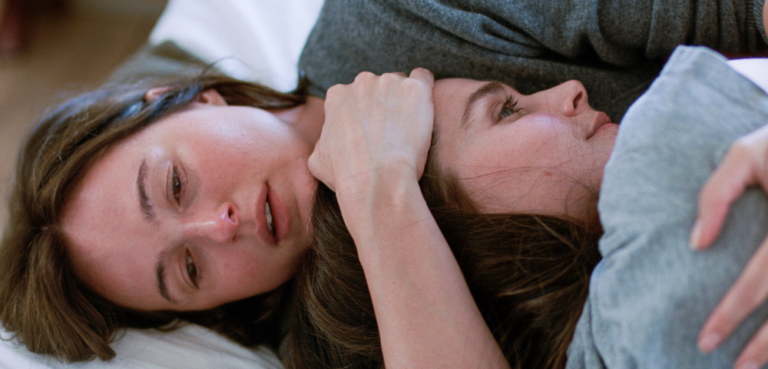
TALKING THROUGH YOUR ARTS – S M ART
“The really evil thing about modernism is its icy ‘moralism’, its sterilised intellectuality, its rejection of all emotional contact with life” – Norman Lindsay 1937.
At a time when half the population of Australia seemed to be rudely stringing rhymes to form bush-ballads, Lindsay’s writings were a perpetual powerhouse, stimulating some of the finest artistry of the modernist error.
The recently departed Australian modernist artist Jeff Smart declared, “I am anti-impressionist”, when speaking on the effects of landscape and Australian naturalism to journalist Michael Shmith. Smart’s work would lead the way to surrealism or super-surrealism using subjects such as factories and huge industrial towers that dwarfed his human characters.
Modernist artists searched for images that were contemporary, updated in style and subject matter. They experimented with abstraction and modern modes of expression, without abandoning the figurative element in their works.
Australian modernism in the first half-century was more figurative. It wasn’t until the 60s that we started to develop the European movements of introspection that were to convey the whole range of human emotions.
In the State Gallery’s latest offering Sydney Moderns: Art for a New World, 180 works borrowed from Australia’s major public galleries are on exhibition. The collection presents the inevitable process of life and death in nature, a pictorial process that evidences a shift in subject matter from the landscapes of impressionism to the “moderne” studies of form and space.
From 1915 to the early 1940s the exhibition showcases experiments in the colour developments of Cubism, Surrealism and Social Realism. These paintings incorporate all the formal language of the second stage of Cubism: the musical instrument, real and simulated house decorations such as brickwork, paper and distorted angles superimposed in dense layering of collage.
Curators Deborah Edwards and Denise Mimmocchi have structured the exhibition on five themes; Colour, light and colour-music; Modern life city; Still life as laboratory table; Landscapes of modernity and Paths to Australian abstraction. It includes paintings by Roy De Maistre and Margaret Preston, prints from Home Magazine, photography by Max Dupain and sculpture by prominent Sydney-based artists. Edwards and Mimmocchi essays on the themes of the show are part of a major book published by AGNSW that also takes in contributions from more than 30 specialist writers.
The multiplicity of movements and styles may be best understood as a part symptom of the fundamental changes in the direction of art. Some artists have been modernist by instinct Lindsay is not one of them. His sensuous objectivity points us in the opposite direction towards an appreciation of any modern medium and in art the first thing that any medium expresses is itself. (AS)
Jul 6-Oct 7, Art Gallery of NSW, Art Gallery Rd, The Domain, $15, artgallery.nsw.gov.au
BY ANGELA STRETCH









